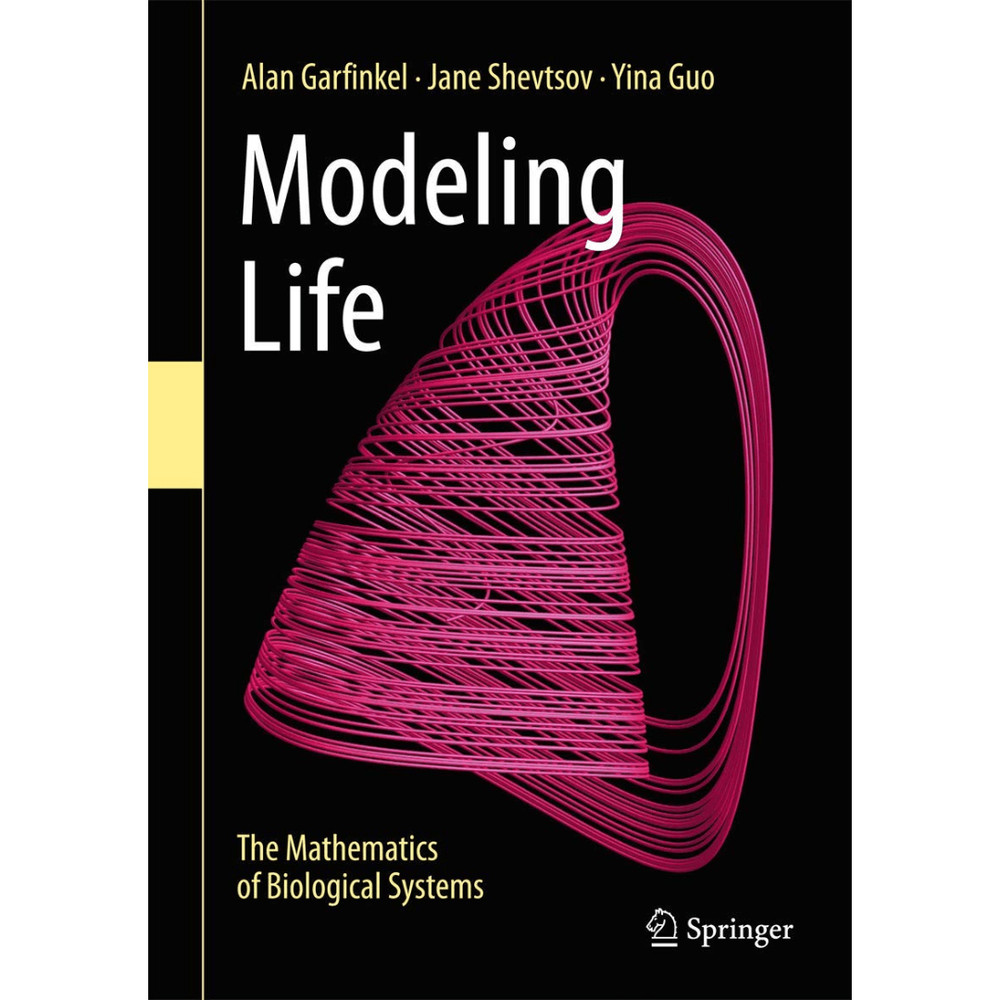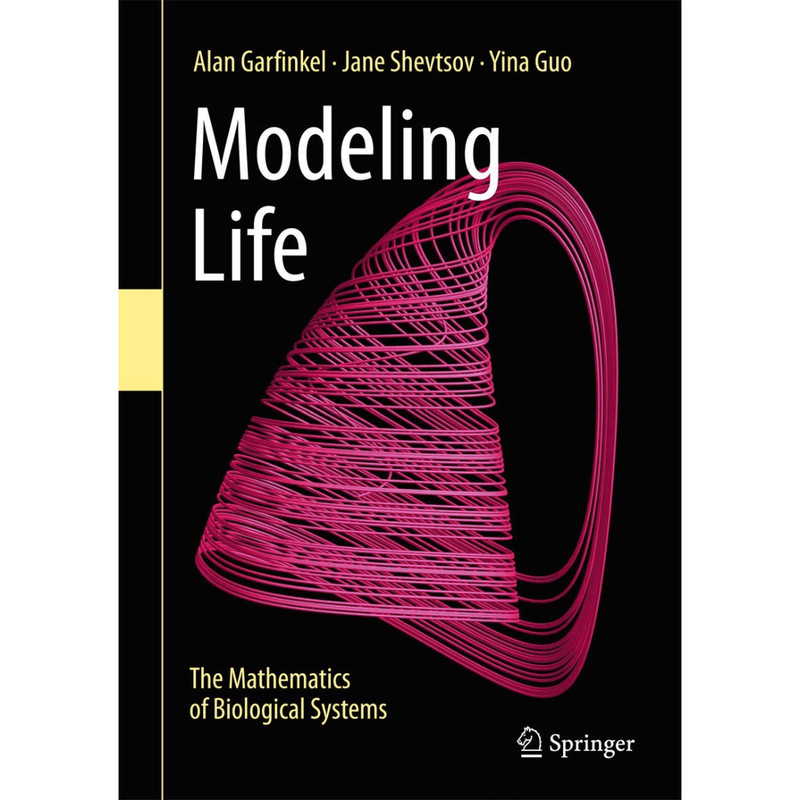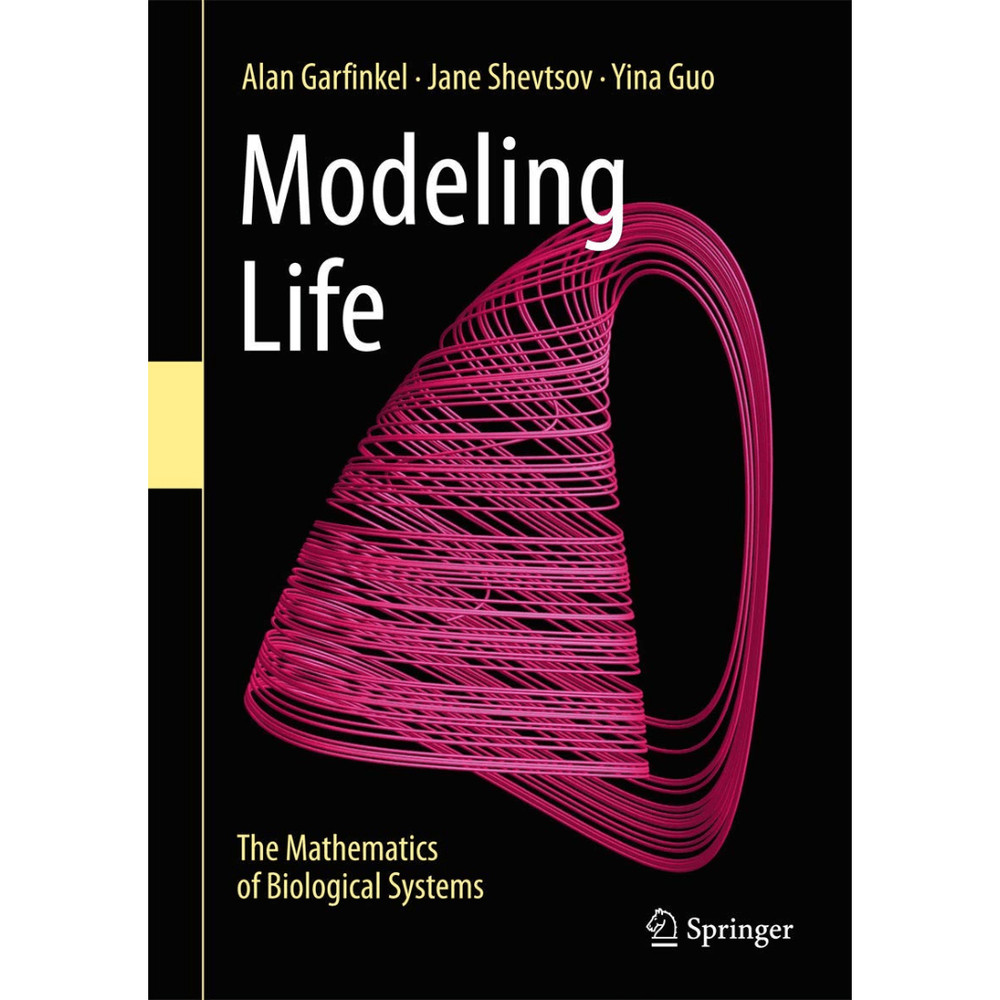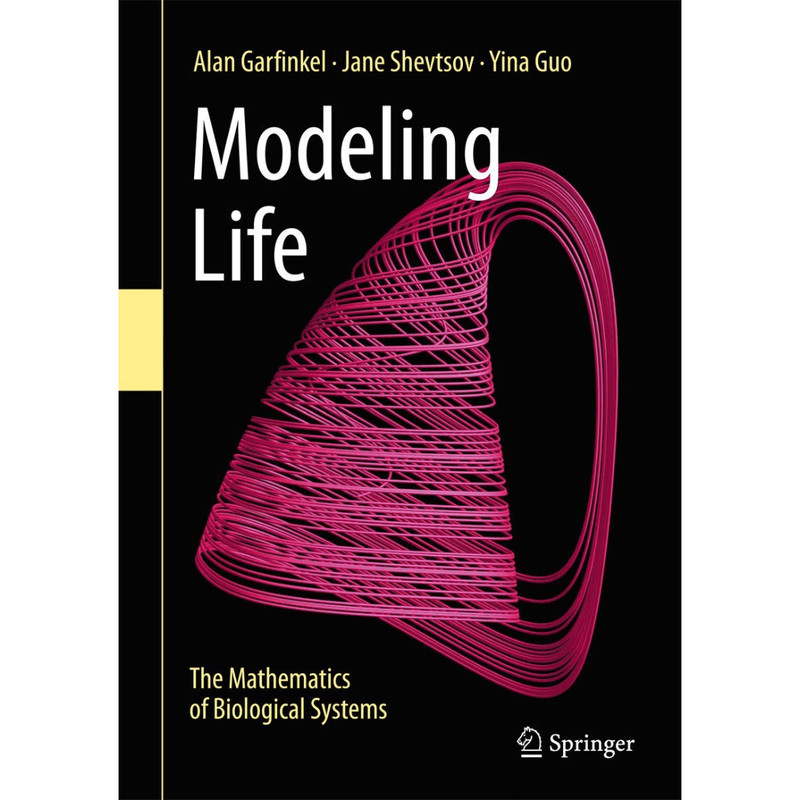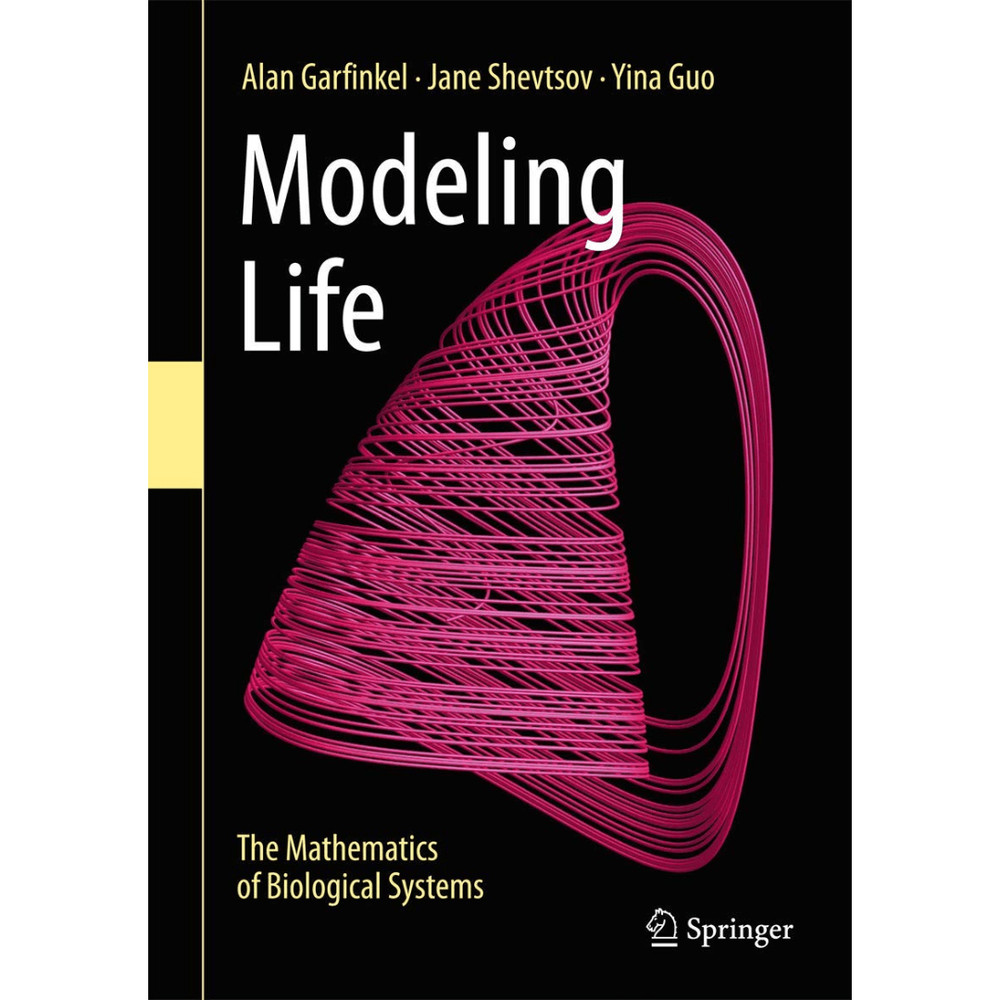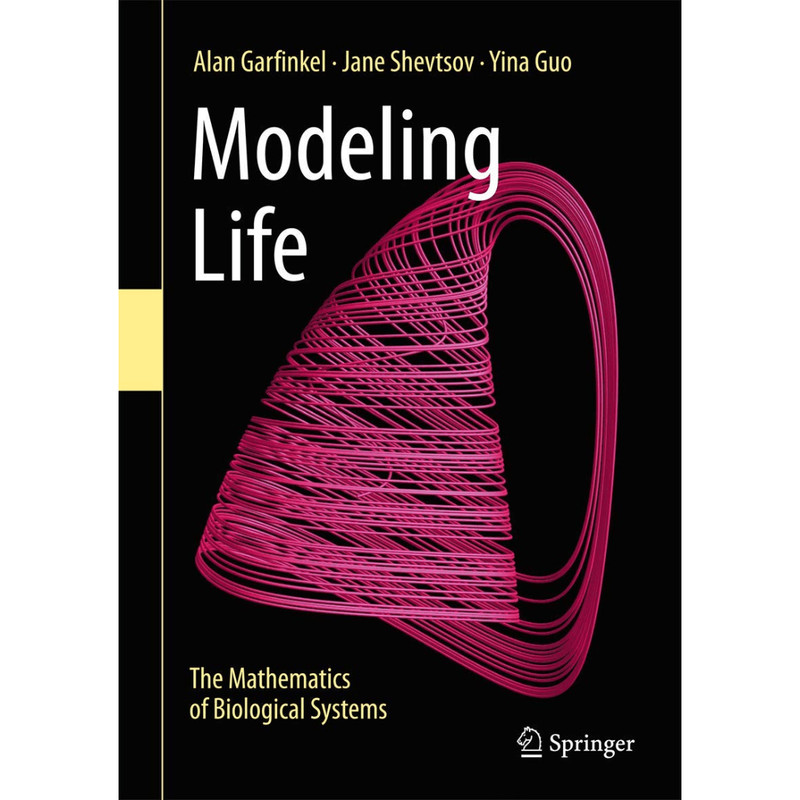Modeling Life; The Mathematics of Biological Systems
This book equips life science students with the mathematical tools needed to understand and predict the behavior of dynamic systems in nature. Whether modeling predator-prey interactions in ecosystems or hormonal feedback loops in the human body, it offers a quantitative approach to exploring the complex, often counterintuitive behavior of biological systems.
At the heart of the book is the use of differential equations, the foundational tool for modeling change over time. By introducing Euler’s method, the book makes nonlinear systems approachable for early-stage undergraduates, providing an accessible and practical alternative to traditional calculus-heavy methods. Concepts are developed through numerous real-world examples, with a strong emphasis on constructing, analyzing, and interpreting mathematical models.
Students learn not just techniques, but also how to think mathematically about biology—bridging the gap between the two disciplines. Examples cover a wide range of applications, from neural and immune system dynamics to population biology and even the mathematics behind the Google PageRank algorithm. No background in biology is assumed, making the material approachable for students and instructors alike.
Designed for a two-quarter undergraduate sequence with only Precalculus as a prerequisite, the book also satisfies the mathematical requirements for medical school admission. Later chapters offer depth for more advanced students in math or life sciences, presenting opportunities to apply theoretical knowledge in meaningful, applied contexts.
Throughout, one guiding question remains central: How can mathematics deepen our understanding of the living world?
